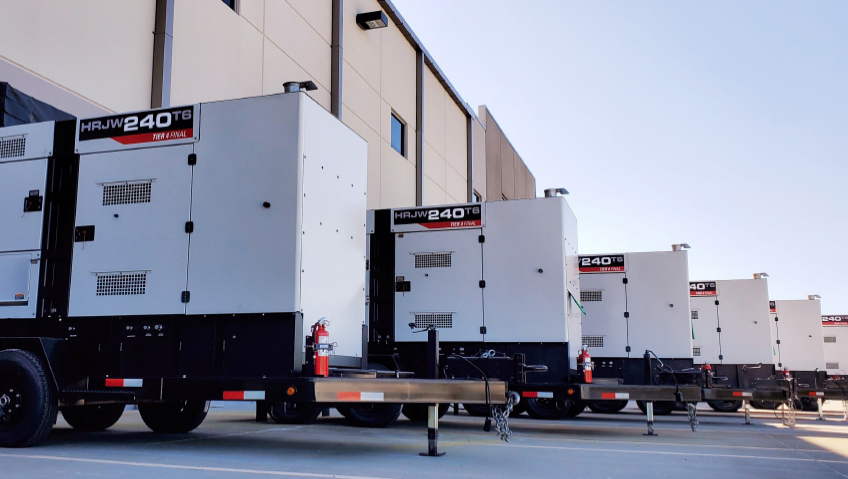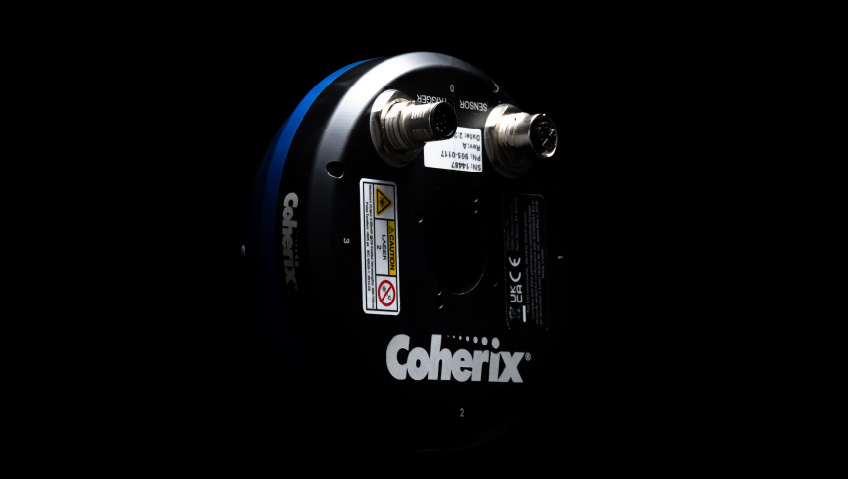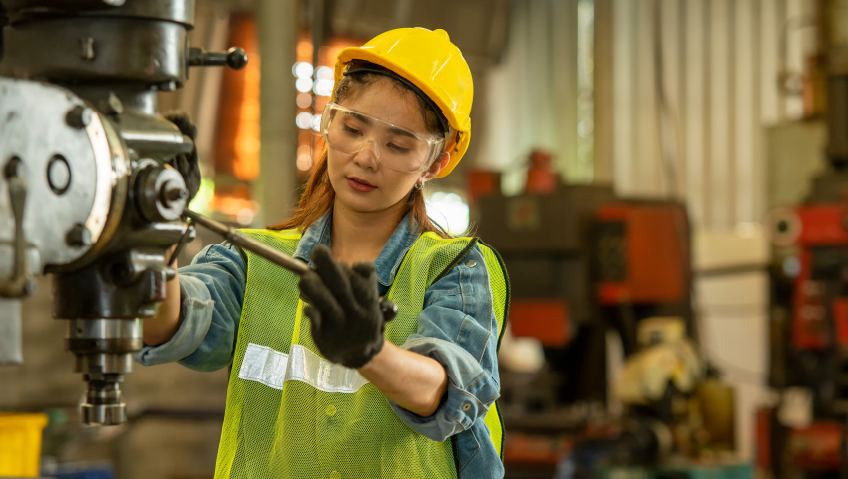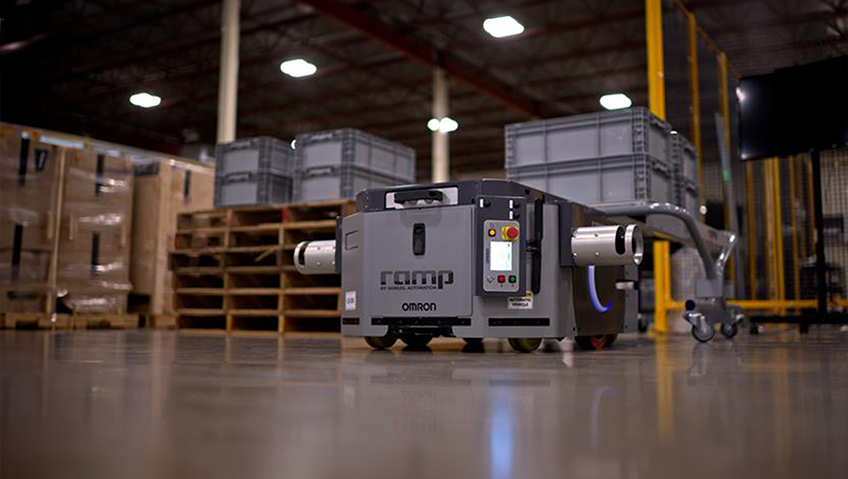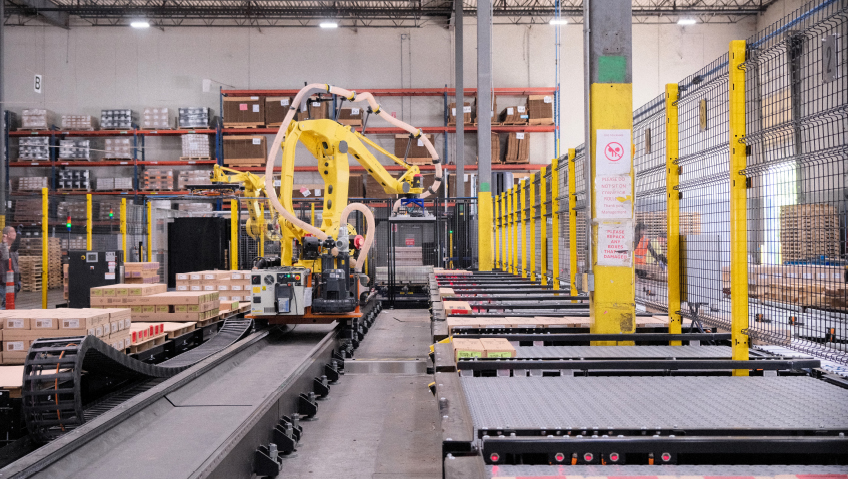HIPOWER SYSTEMS harnesses the power of its international parent companies while remaining small enough to give customers a level of personal service and American-made quality that are hard to come by in standby and portable power generation manufacturing.
HIPOWER SYSTEMS serves all clients with the same high level of care and expertise. “No matter how big or how small, they take the same importance for us,” says Rino Sbriglia, Vice President of Sales and Client Experience.
This is reflected in the bottom line of this trusted diesel and spark-ignited power generator engineering and manufacturing giant, as company growth over the last decade has been nothing short of phenomenal. It grew from an estimated 20,000-square-foot space just eleven years ago to a 110,000-square-foot facility a couple of years later. Eight years or so after that, HIPOWER SYSTEMS serves North America from an over half a million square feet facility in Olathe, Kansas.
“The investment and the effort that has been put in place in the past ten years are huge. [That] is because we know and understand the American market, and that is why we are [making] these investments,” Sbriglia adds, underlining how these complex expansions demanded a surprising amount of effort and contribution and not just fiscally.
The team takes customer requirements and needs seriously, and when a new product is underway, practical feedback is valuable. “Compared to our competitors, we are still small,” says Sbriglia, who notes that this works in the company’s favor. “Every customer has access to everybody here in the company, starting from the chief executive officer down… they are welcome to reach out to anybody, and we will take care of them.” Thanks to this, communication flows, leading to smooth processes and availability throughout the organization.
Its gargantuan parent companies, HIMOINSA of Spain and YANMAR Group of Japan, give the company advanced capabilities second to none. This international footing affords HIPOWER SYSTEMS access to some of the most advanced technology, research and development, and manufacturing capacity relating to this type of equipment.
“That is [one of the benefits] of being part of a multinational organization. That we are flexible in that way,” he says. This considerable pool of support means that, when the economy is under pressure labor-wise, the company still has full access to world-class equipment and knowledge to fulfill its orders. Its distribution partners are well-informed about its products, delivering the same caliber of personal service as the HIPOWER SYSTEMS team.
When it comes to innovation, the company heeds market demand. It tries to satisfy all customer requests. “Once we identify the product they need, then we develop that product together with them,” Sbriglia tells me. It means detailed conversations with field operators who physically operate these machines daily, rather than checking in with, for instance, company leaders.
HIPOWER asks operators “what they need for certain applications, what they do not need, so the innovation is meeting customer expectations. That is also something that [makes us] unique. There are not many people that do this,” he says. When cars are designed, for instance, it is done in a way that potential customers have no input into the design and can take or leave the resulting product.
Instead, in-house research and development team designs specifically for its clients, focusing on solving customer challenges and optimizing performance and durability in the face of extreme temperatures. Having access to the brilliant minds of the parent companies gives the Kansas team exciting possibilities for collaboration. The final procedure following the development phase is getting stationary units UL certified. Once this is complete, production commences.
Nearly all of HIPOWER’s components are produced in the United States. “We produce everything here at our facility in Kansas for the U.S. and Canadian markets,” says Sbriglia.
There is further growth and product development ahead for HIPOWER SYSTEMS. In the second half of 2021, it launched another diesel range of portable generators with capacities ranging between 25 kilovolt-ampere (kVa) to 1375 kVa. This variety of integrated Tier 4 engines also comply with the United States Environmental Protection Agency emissions standards. These standards aim to considerably lessen particulate and nitrogen oxide emissions, introduce ultra-low sulfur diesel fuel, and promote cutting-edge engine technologies and after-treatment systems for exhaust gas.
HIPOWER’s stationary diesel range also features various models, starting from 10 to 600 kilowatts (kW). Its natural gas selection has portable and stationary models ranging from 650kW to 800kW and 1 megawatt (MW). These new ranges also include revamps of existing models that had become outdated and needed modernizing. “There have been new components and new engines coming out, so there was a need of a complete redesign of that product line,” Sbriglia says.
In addition, another line of smaller, natural-gas-powered generators was introduced in March this year, ranging from 80kW to 150kW. Soon it will debut yet another product line with outputs of up to 600kW.
The Heavy-Duty Industrial Diesel Standby Series recently received the 2021 International Building Code seismic certification, making it a strong option in case of earthquakes. The product not only retains its structure and strength but also works in the aftermath of this type of natural disaster. To achieve this incredible feat, the company collaborated with the earthquake simulator laboratory at University of California, Berkeley’s Pacific Earthquake Engineering Research Center (PEER) laboratory. Here, the generators were put on an earthquake simulator shaking table to test strength and performance under severe conditions. This sophisticated piece of equipment is reportedly the largest of its kind in America. The machines passed the tests with flying colors and are now ready to serve North Americans in both the worst and the best of times.
Much of the company’s factory is automated. “Some areas can run with very few people. And, of course, some areas need more people. Right now, we are about one hundred people,” says Sbriglia. “If I am thinking about the people we have in production, production planning and engineering, purchasing, there is a true commitment from [them]. Everybody understands the project. Everybody knows the target, and I think we are all going in the right direction.”
As COVID-19 measures continue to affect markets, the company has seen a balance developing between its two main types of clients. Around half of these customers occupy the rental arena, while the other half uses these machines as standby electricity backup sources. Industries include agriculture, construction, water treatment facilities, oil and gas exploration plants, data centers, financial institutions, and disaster relief operations.
In terms of how the global health crisis affected the company, Sbriglia remains positive. “COVID-19 did not change the business. 2021 was one of our best years. I have heard this from multiple companies. We had to face challenges, but we were able to overcome these by strengthening our cooperation with our subsidiaries around the world,” he says.

